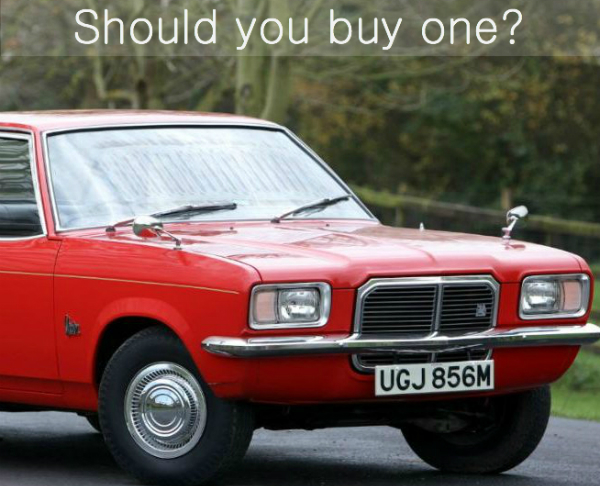In early November the Telegraph released a list of their top 10 endangered British classic cars, and we wanted to see which were worth investing in.
The Telegraph’s feature used data from howmanyleft.com which provides accurate and up to date data on how many cars are on or off British roads. So often buyers mistake rarity for value and believe that simply because a car is rare that it must be of financial value and that is all they need to get involved with the classic car market.
The task of choosing which classic car to purchase is often an easy one, with most buyers thinking with their heart to buy a car they truly desire. However in times of economic unrest the alert buyer is often well served by considering the future when making large purchases. As such the classic car market has become a hot bed of investment recently with buyers trying to put their money into an appreciating asset and try to make a profit when they sell the car at the end of their ownership.
As the Independent has shown us what the rare British classic cars are, which one should you actually put your hard earned cash into? Using honest and unfiltered data from UK auction houses our data shows you what cars are appreciating in value and which ones are rare for a reason.
Ford Cortina
A staple of British classic motoring, the Cortina is a classic that everyone knows. Of the 4,154,902 produced between 1962 – 1982 only 3,814 remain on British roads, the Telegraph showing this as number 10 on their list of endangered classics. Data from UK auction houses shows a flat trend and little excitement over the plucky ford, and values aren’t picking up in a way one would expect. However there is massive variation in quality of the cars for sale as many of these cars have had a tough life and some are pampered and stored away.
It is this quality of life that splits values, the cars that have spent their entire life on the road and in constant use obviously have a lower resale for good reason. A note of encouragement in the data is that there is clearly a strong market for high quality, well maintained examples which are propping up values. There is also enough room in the market with high numbers relative to others to source a good example and make some money off the back of it. If you find a good example and treat it well then there is the chance that it too will soon become one of the examples that could help push values further up as others die out.
Vauxhall Victor

A slight curveball thrown by the Telegraph but it’s dwindling numbers are hard to ignore, currently on UK roads there are 829 compared to 1,050 a decade before. From the auction data we can see that auction prices are largely stable however there aren’t a great many changing hands. The ones in good condition are trading within £1,5000 of each other however the Victor is a car that trades mostly in private sales rather than at auction. A quick skim through the classifieds shows the Victor is trading between £5,000 – £10,000, substantially more than at auction.
With a strong private market the Vauxhall Victor combines rarity with an enthusiastic network of owners. Since auction values are substantially lower than private sales we would recommend finding a good one at auction and laughing all the way to the bank!
Are Vauxhall Victor auction results not encouraging enough for you? Are there too many on the roads and you don’t want to risk seeing another one? The Vauxhall Chevette is the Classic Vauxhall for you!
On the Telegraph’s list the Chevette ranks in number four and just missing out on the medals, but we find it a more tempting proposition than any of their top three.

Auction data, again, is sparse due to low numbers but the hammer trading price is higher than the Victor. Condition is a main issue when considering the Chevette and splits the market similar to the Cortina. What the combination of rarity and a split market does mean is the potential for maximising profit on a restoration project. At the top end of the classifieds there are Chevettes selling for over £15,000 which have been restored or are in excellent condition. Similarly, are also very cheap ways into the Chevette market meaning if you are interested and have the resources then there is great reward in nursing one of these Vauxhalls back to life and possibly making a profit.
The feature signs off with naming the Morris Ital as its most endangered British classic car as there are only 47 claimed to be left on the roads. We ask, does this car become valuable simply because of the low numbers? Of the 175,276 produced only 0.02% still exist and searching for used examples can be arduous.
Of the examples found for sale their value is not inconsiderable with some fetching up to £10,000, which is incredibly positive for the model. To pause for a second, if you were to put £10,000 into a Morris Ital today do you think it would A: be worth as much in 10 years? and B: would it actually last 10 years?
Our guess is probably not.
The Telegraph outlined the 10 most endangered British Classic Cars, the informative feature used accurate information to show rarity. However through combining the data with what they sell for at auction allows consumers to make informed decisions on if said rare car is a smart place to put their money.
To read the full feature from the Telegraph click HERE.
To see the auction sale prices of the models included click HERE.





